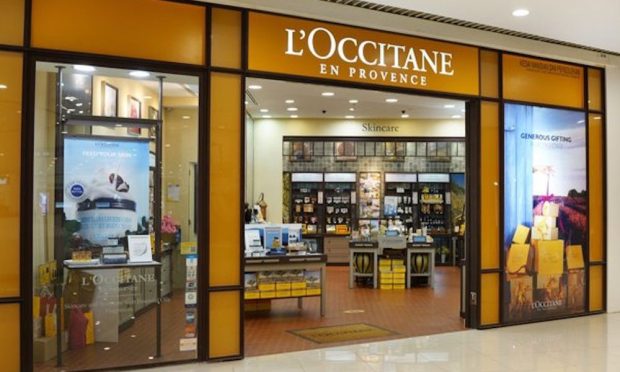Why L’Occitane Bought Elemis

Earlier this week, Hong Kong-listed luxury cosmetics firm L’Occitane International SA announced its intended $900 million acquisition of British beauty and skincare brand Elemis. The deal is the latest in a spate of acquisitions of high-end skincare brands. In 2017 Natura Cosmeticos SA’s bought the Body Shop from L’Oreal for about 1 billion euros ($1.13 billion), while Unilever snapped up Carver Korea Co. — South Korea’s biggest maker of beauty products — for 2.27 billion euros ($2.5 billion).
L’Occitane said the acquisition of the Elemis brand — which is popular with millennials and Generation X consumers — is intended to strengthen its global growth as it expands its market, particularly in Asia where high-end skincare is a rapidly growing area of interest and spend for consumers. According to a Bloomberg Intelligence note, the Elemis deal positions L’Occitane to reach its 1.7 billion-euro ($1.95 billion) sales target within two years — a particularly powerful hedge against slowing sales in Europe.
“It is a major step forward for L’Occitane in building a leading portfolio of premium beauty brands,” Chief Executive Officer Reinold Geiger said in a statement. “Elemis is well positioned for continued global growth.”
Sean Harrington, co-founder and chief executive officer of Elemis, said the firm is “thrilled” with the agreement with L’Occitane, which “will strengthen the continued growth and momentum behind our timeless brand and remarkably transformative products.”
L’Occitane originated in the French region of Provence — though today it is headquartered in Luxembourg and Switzerland — and currently operates locations in 90 countries with 3,285 retail outlets. The firm reported 1.3 billion euros in net sales ($148 billion) and 142 million euros ($161 billion) in operating profit last fiscal year. The firm went public in 2010 with a listing on the Hong Kong stock exchange in anticipation of its expansion into Asia.
That expansion plan was well founded, given the explosion in the beauty and skincare business visible in the last few years has been driven largely by exploding demand in Asia. In 2018 global beauty product sales were up 5 percent, and most analysts are forecasting an even more aggressive growth rate of 7 percent to 8 percent in the coming year. It’s a trend that has boosted L’Occitane’s brand: in Q3 2018 it saw same-store sales in mainland China increase 7.4 percent in the three months ended in September 2018 — vastly outstripping the sub-5 percent growth it saw in all other regions.
The acquisition comes as L’Occitane is apparently readying itself to compete in a field that is getting crowded with an awful lot of big name players. There is Ulta, LVMH-owned Sephora, L’Oreal on one end with the large, vast and well-established international footprint. There are also the efforts of mass market retailers. Macy’s bought up Bluemercury in 2015, while retailers like Target, Walmart and CVS have all in recent years given their beauty departments major makeover with improved lighting, expanded selection and more expert guidance on application.
To meet that growing challenge, L’Occitane is doing more than adding brands to its stable — it has also been upgrading its stores, and the experience therein. The New York not only store sells its signature beauty items, but also offers a but a live video feed of its U.S. Instagram account, stationary bikes against a view of Provence, and a virtual 360-degree hot air balloon ride customers can experience while getting a hand massage.
“It’s a space that is meant to be ever-changing around product, campaign and philanthropy stories,” Paul Blackburn, vice president of concept design, construction and merchandising at L’Occitane North America told PYMNTS shortly after the new shop launched in August.
And, with its new acquisition, its seems L’Occitane is committed to keeping more than its stores ever-changing — it is also ready to make sure its product line stays that way as well.
